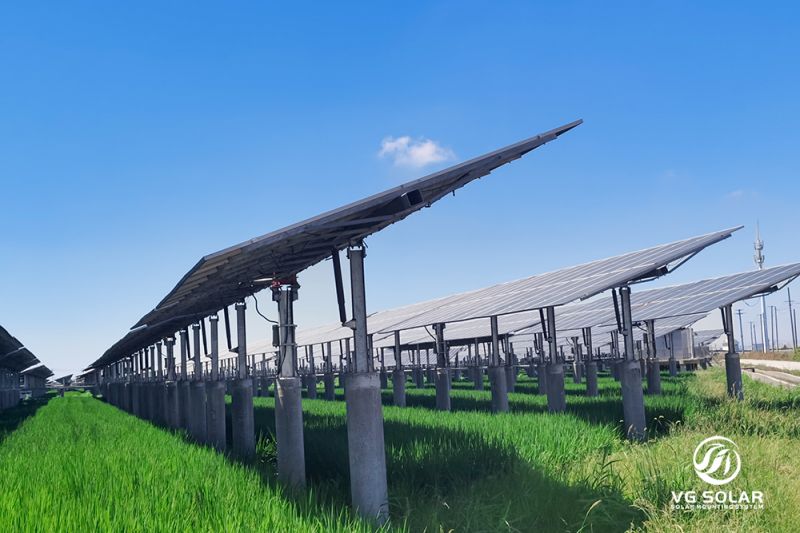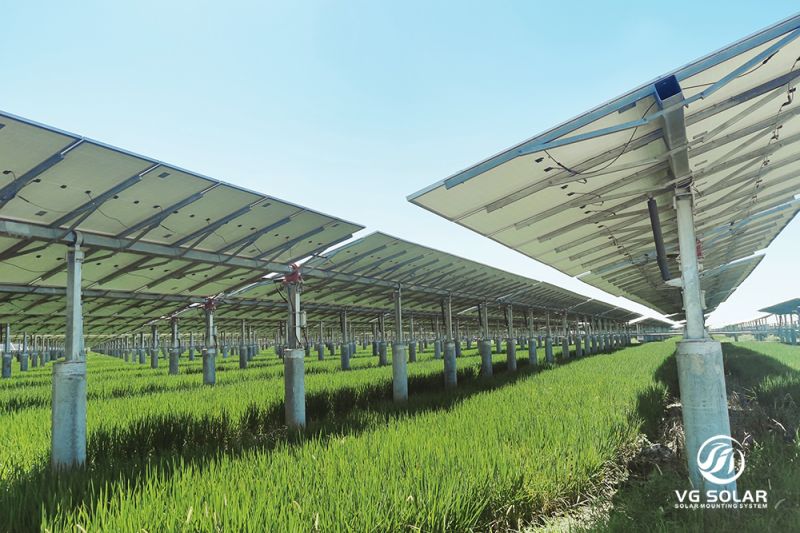The photovoltaic tracking system is equipped with the bracket's most powerful brain. This innovative technology integrates a neural network AI algorithm to adjust the optimal angle of incidence in real time, significantly increasing the power generation capacity of traditional power plants. The system's ability to update and iterate ensures that it remains at the forefront of efficiency and performance in the renewable energy sector.
The integration of neural network artificial intelligence algorithms into photovoltaic tracking systems represents a breakthrough in the solar industry. By harnessing the power of artificial intelligence, the system is able to continuously analyse and optimise the angle of incidence of the solar panels, ensuring that they are always positioned to capture the maximum amount of sunlight. This ability to adjust in real time is critical to increasing the overall power output of traditional power plants, making them more efficient and sustainable.

One of the key benefits of the Neural Network AI algorithm for photovoltaic tracking systems is its ability to adapt to changing environmental conditions. By continuously monitoring factors such as the position of the sun, cloud cover and other variables, the system can instantly adjust the angle of the solar panels to maximise their energy output. This level of responsiveness is unmatched by traditional fixed-angle solar panel systems, making photovoltaic tracking systems a game-changer for the renewable energy industry.
In addition, the system's ability to update and iterate ensures that it remains at the forefront of technological innovation. As new data and insights emerge, algorithms can be refined and improved to increase efficiency and performance. This iterative approach to optimisation means that PV tracking systems are not only effective today, but have the potential to become even more powerful and efficient in the future.

In fact, the impact of photovoltaic tracking systems equipped with neural network AI algorithms is significant. By maximising the output of conventional power plants, it helps reduce reliance on non-renewable energy sources, thereby reducing the environmental impact of electricity generation. In addition, improvements in the efficiency of solar power can generate cost savings for energy providers and consumers, making renewable energy more accessible and affordable.
The integration of advanced artificial intelligence technology into PV tracking systems also represents a step forward in the broader trend towards smart, connected energy systems. By using real-time data and intelligent algorithms, the system can be seamlessly integrated with other smart grid technologies to help create a more resilient and responsive energy infrastructure.
In summary, photovoltaic tracking systems equipped with neural network AI algorithms represent a significant advancement in solar technology. By optimising the angle of incidence of solar panels in real time, the system improves the output of conventional power plants, thereby increasing efficiency and sustainability. With its ability to update and iterate, this innovative technology is expected to play a key role in the ongoing transition to renewable energy and smart grid solutions.
Post time: Apr-17-2024
